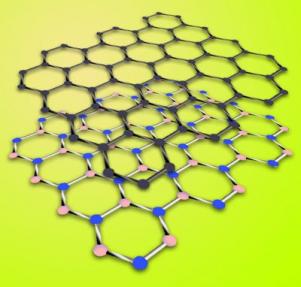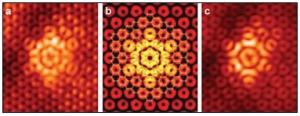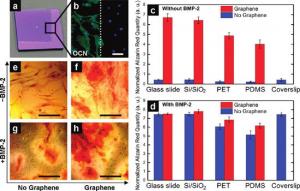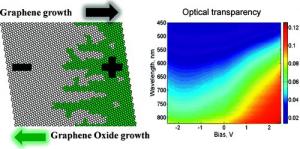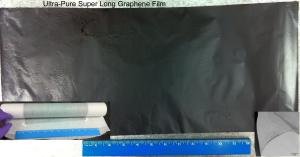Boron Nitride promises to be a good substrate for graphene
Researchers have examined several materials to be used as substrates for Graphene, trying to find a material that will preserve Graphene's properties. One such materials is Haxagonal Boron Nitride. It's just 1.7% larger than graphene and exhibits dramatically better electron mobility than graphene mounted on silicon dioxide, SiO2, which is the most commonly used material.
